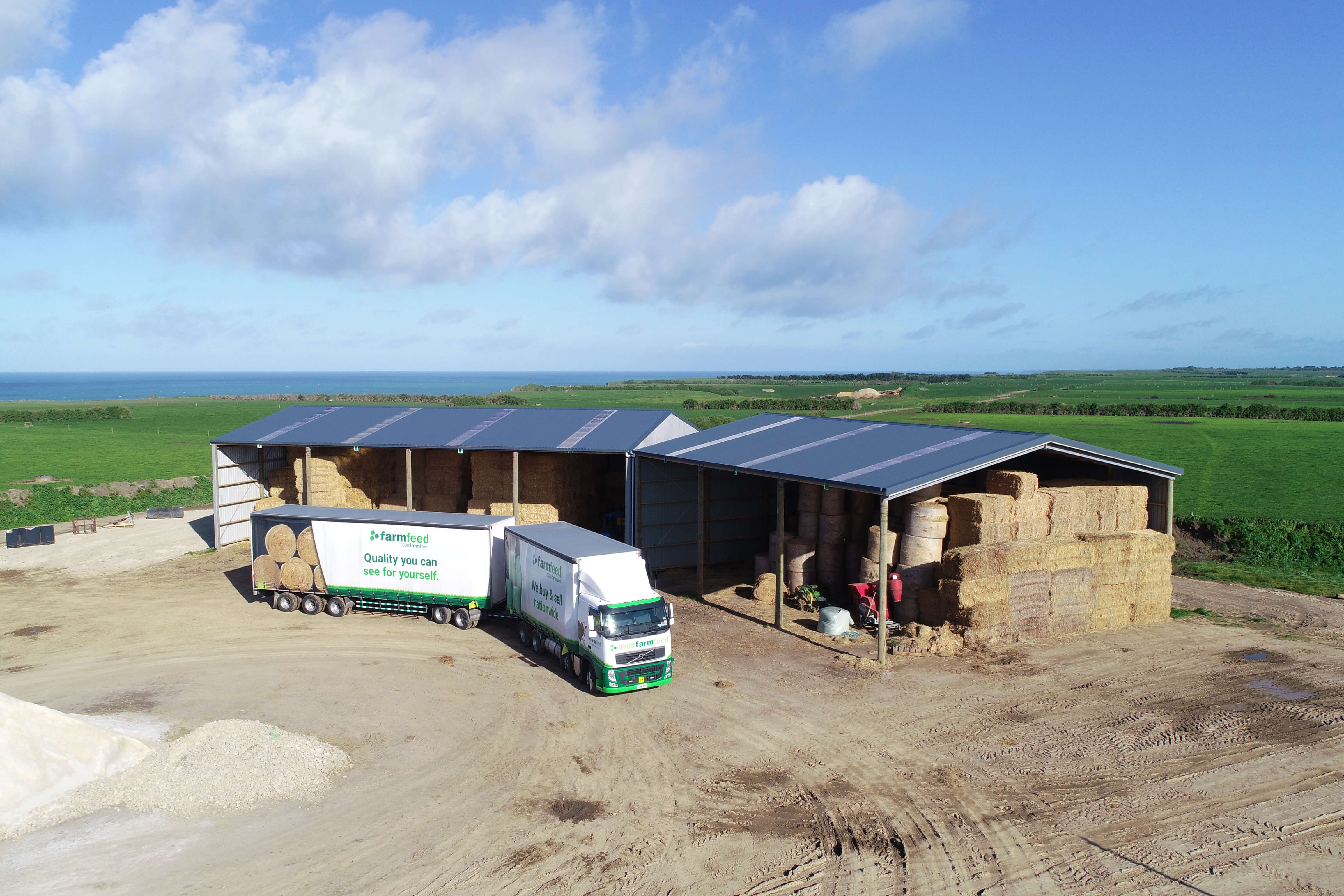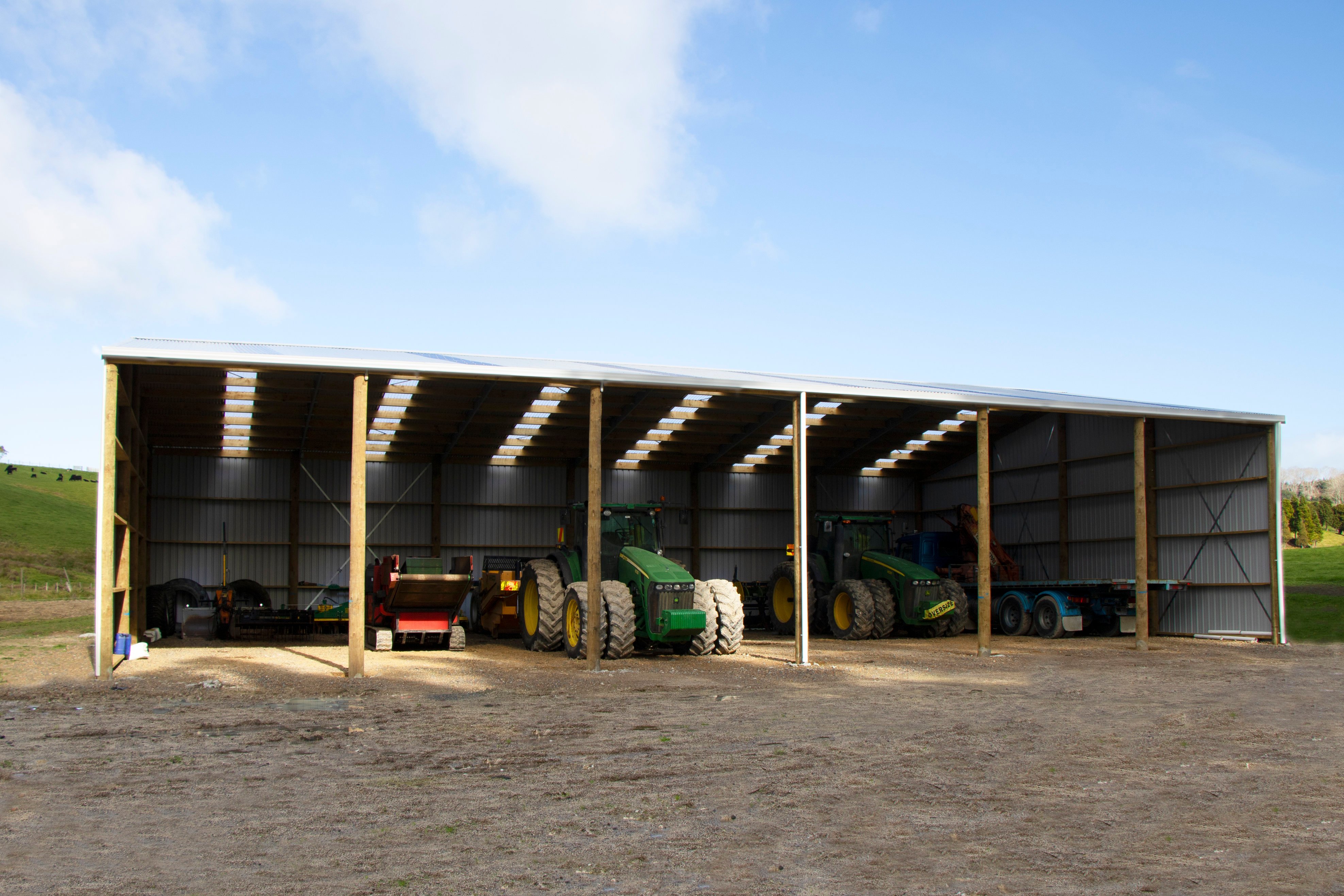Whether it's baled hay or straw, the feed you buy or produce represents a significant investment for your farm or lifestyle business. It's only through effective storage and management of your straw ...
September 30th, 2019
3 min read







.png?width=800&name=What%20is%20a%20pole%20shed%20(1).png)